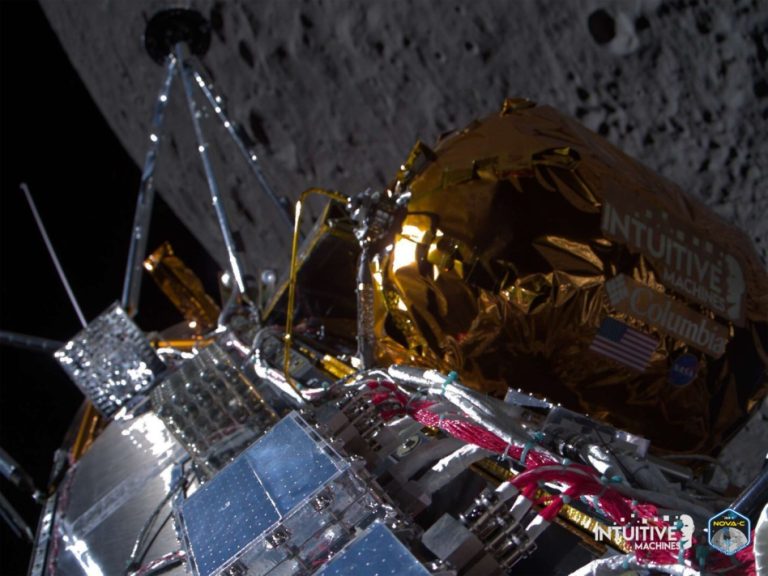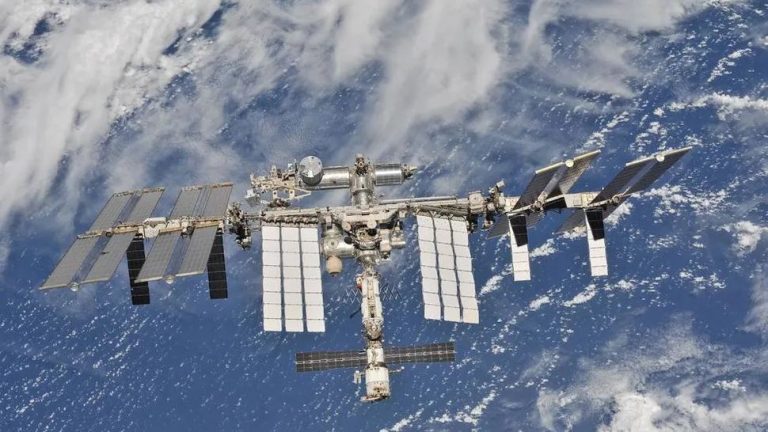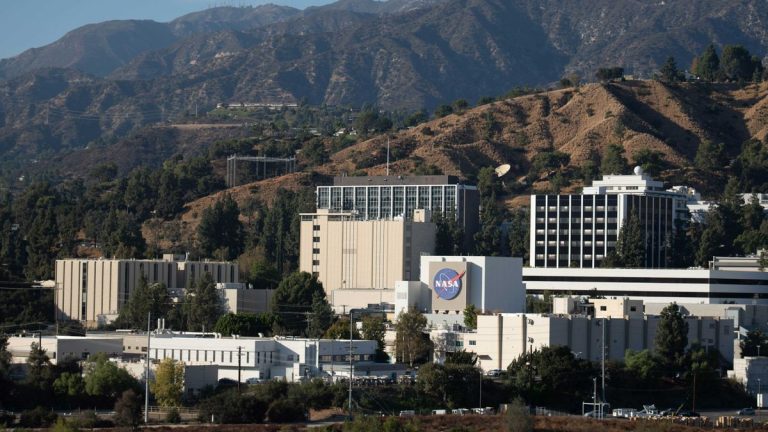
SpaceX’s Dragon Capsule Can Now Land Like a Rocket in Case of an Emergency (Image Credit: Gizmodo-com)
Over the past four years, the Dragon spacecraft has returned eight NASA crews by performing a parachute-assisted splashdown in the ocean, but the crew capsule now has a backup landing method in the event of an emergency.
SpaceX’s Dragon can land propulsively using its eight SuperDraco thrusters, a feature that was originally intended to be the spacecraft’s main way of returning to Earth but was later scrapped due to safety concerns. During the live webcast of the Crew-9 launch on September 27, NASA officials announced that in the event that all four parachutes fail to deploy, Dragon would land on a solid surface using the SuperDracos launch abort system.
“Dragon was always designed to land propulsively, but I didn’t want to risk it as the primary method,” SpaceX CEO Elon Musk wrote on X. During the early days of its development, SpaceX marketed Dragon’s ability to land using its eight SuperDraco engines, which would slow the spacecraft down during its descent until its velocity reached zero, at that point its landing legs would extend so the capsule can touch down on the pad. However, a lot can change in ten years.
A few months after NASA awarded SpaceX its Commercial Crew Program contract, the company announced that its Dragon spacecraft would use parachutes to perform a splashdown with the astronauts rather than landing on a solid surface. It was later revealed that NASA felt more comfortable relying on the parachute landing system, according to NASA Spaceflight. The space agency also feared that the openings for the extendable legs could lead to the formation of hot spots during the spacecraft’s reentry through Earth’s atmosphere, which could cause the breakup of the crew capsule.
During the launch webcast, Bill Gerstenmaier, vice president of build and flight reliability at SpaceX, noted that Dragons capable of making propulsive landing have flown on non-crewed missions before, but the Crew-9 mission marks the first time it’s being used on a NASA crewed mission.
By now, NASA has plenty of reason to trust SpaceX and its ability to launch and return its crew of astronauts safely to Earth. The Dragon spacecraft that recently launched to the International Space Station is also responsible for bringing back two astronauts who had flown to orbit on board Boeing’s cursed Starliner spacecraft, which was later deemed unfit to return its crew back to Earth. That might have been why the Dragon spacecraft was finally allowed to keep its propulsive landing system handy in case of an emergency.








